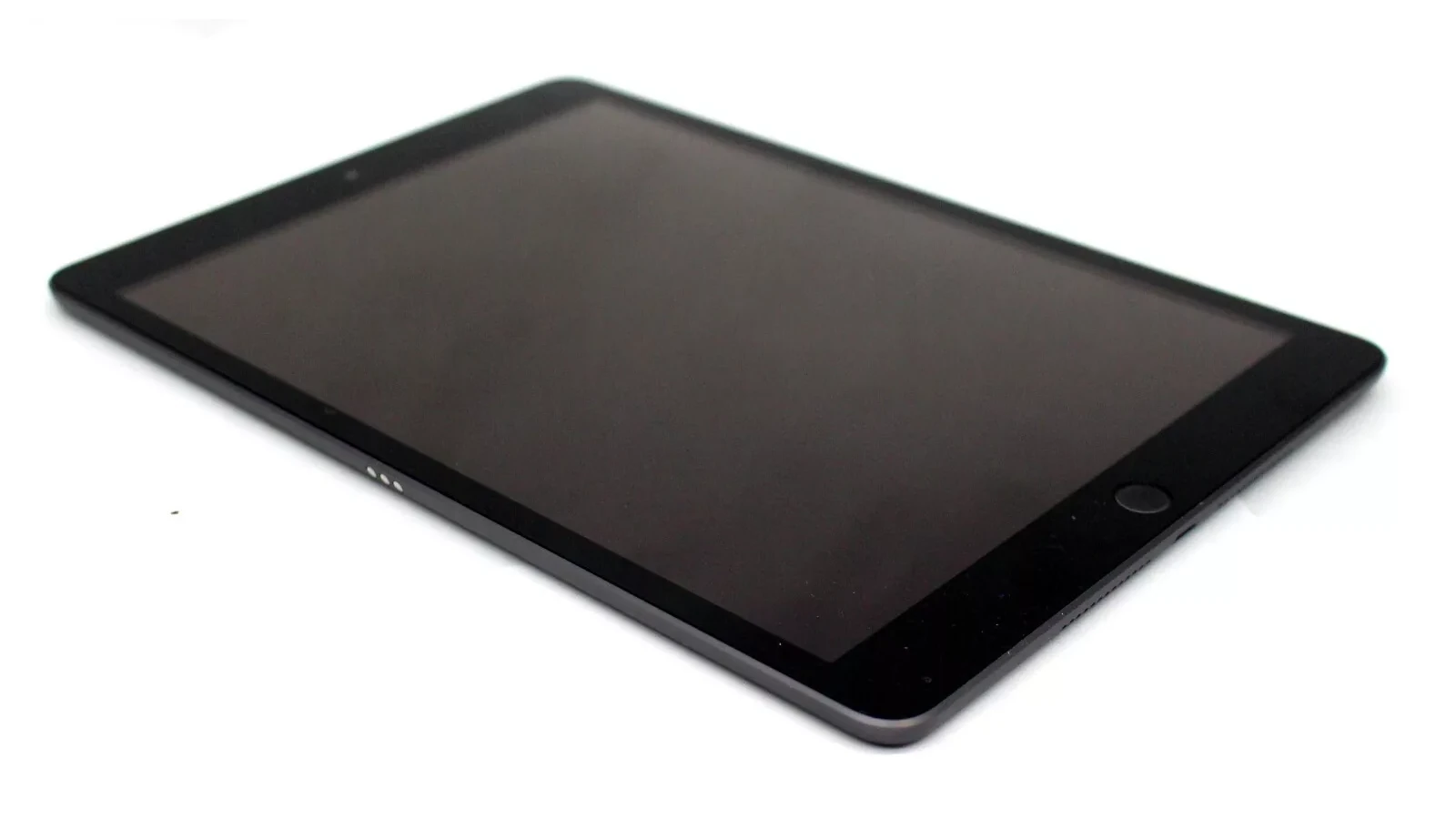An iPad not turning on is a common issue that can cause alarm for its users. Frequently, an Apple device such as an iPad may appear dead, showing no signs of life, and not respond to a simple press of the power button. However, this does not immediately signify a severe hardware problem. It is often a glitch that can be resolved with a series of troubleshooting steps.
Before concluding that the device is permanently damaged, users should attempt to resolve the powering-on issue. This typically involves a hard reset, where the user may need to press and hold specific buttons for a duration of time. This action can coax the iPad back to life. If an Apple logo flashes on the screen during this process, it often indicates that the device is attempting to reboot, which is a positive sign.
Troubleshooting and Reviving an iPad That Died
If your iPad suddenly won’t turn on, shows a black screen, or doesn’t respond when charging, don’t panic — it’s often a temporary power or software issue, not a permanent failure. This guide walks you through the most effective steps to bring your iPad back to life.
🧩 Step 1: Check the Basics
Before assuming the worst, rule out simple causes.
✅ 1.1 Inspect the Charger and Cable
- Use the original Apple charger and Lightning/USB-C cable if possible.
- Try charging another device with the same cable — if it doesn’t work, replace the cable or adapter.
- Check for dust or debris in the iPad’s charging port and gently clean it with a soft brush or toothpick.
✅ 1.2 Try a Different Power Source
- Plug into a wall outlet, not a computer USB port.
- Try a different outlet or power strip.
- If you’re using a USB-C iPad, make sure the power adapter is at least 20W for proper charging.
⚡ Step 2: Charge for at Least 30–60 Minutes
If your iPad battery is completely drained, it can take a while before it shows any sign of life.
- Plug in your iPad and leave it charging for at least 30 minutes.
- If you see the battery icon with a red line, keep charging — it’s a good sign.
- If the screen stays black after an hour, move to the next step.
💡 Tip: Avoid using your iPad while charging during this stage; it can delay startup if the battery is too low.
🔁 Step 3: Force Restart the iPad
A forced restart can wake up an unresponsive iPad without erasing data.
For iPads with Face ID or no Home button:
- Quickly press and release the Volume Up button.
- Quickly press and release the Volume Down button.
- Then press and hold the Top (Power) button until the Apple logo appears.
For iPads with a Home button:
- Press and hold both the Home and Top (Power) buttons until you see the Apple logo.
⏱️ Hold the buttons for at least 10–20 seconds — sometimes it takes a while before the Apple logo appears.
🧰 Step 4: Check for Display or Software Issues
If your iPad seems on (you hear sounds or feel vibration) but the screen is black, the issue may be display-related.
- Try adjusting the brightness (swipe up or use Control Center if visible).
- Connect your iPad to a computer — if it’s recognized in Finder (Mac) or iTunes (Windows), the screen might be faulty.
- In that case, skip to Step 7 for repair options.
🔄 Step 5: Restore iPad Using a Computer
If your iPad still won’t turn on or is stuck on the Apple logo, you can reinstall iPadOS using a computer.
- Connect the iPad to your computer using a USB cable.
- Open Finder (on macOS Catalina or later) or iTunes (on Windows/macOS Mojave or earlier).
- Force restart your iPad again (see Step 3), but keep holding the buttons until you see the recovery mode screen.
- You’ll see options to Update or Restore.
- Choose Update first — this reinstalls iPadOS without deleting data.
- If that fails, choose Restore (this erases your iPad and reinstalls the system).
⚠️ If your iPad doesn’t appear in Finder/iTunes, try a different cable, port, or computer.
🔋 Step 6: Check for Battery or Logic Board Issues
If your iPad still won’t respond after all the above:
- The battery may be deeply discharged or faulty.
- The logic board or charging port could be damaged.
You can confirm this by:
- Plugging it into a computer — if it’s not detected, it’s likely hardware-related.
- Trying a different charger and cable again to rule out accessories.
🧯 Step 7: Contact Apple Support or Visit a Repair Center
If none of the steps work, it’s time for professional help.
- Visit Apple Support’s iPad repair page.
- Schedule a Genius Bar appointment or contact an Apple Authorized Service Provider.
- Apple technicians can test the battery, logic board, and charging system to pinpoint the issue.
💰 Repair cost estimate (2025):
- Battery replacement: around $99–$129 (out of warranty)
- Logic board or display repair: $250+, depending on model
🧠 Bonus: Prevent Your iPad From Dying Again
- Keep your iPad battery between 20–80% to preserve health.
- Avoid letting it drain completely.
- Update iPadOS regularly to prevent software freezes.
- Store it in a cool, dry place — extreme heat shortens battery life.
- Use only Apple-certified chargers.
✅ Summary
| Problem | Fix |
|---|---|
| iPad won’t charge | Check cable, adapter, and port (Step 1) |
| Screen black, won’t turn on | Force restart (Step 3) |
| Still dead after restart | Restore via computer (Step 5) |
| No response at all | Likely hardware — contact Apple (Step 7) |
Sources:
- Apple Support – If your iPad won’t turn on or is frozen
- KnowYourMobile – How to Bring a Dead iPad Back to Life
- AppleToolBox – My iPad Will Not Turn On: How to Fix a Dead Device
- SolveYourTech – How to Turn On a Dead iPad: Essential Tips
Key Takeaways
- An iPad not powering on can be a temporary issue that might be fixed at home.
- A series of troubleshooting steps should be followed to diagnose the problem.
- A hard reset may resolve the issue, indicated by the appearance of the Apple logo during reboot.
Diagnosing the Problem
When an iPad does not turn on, it is crucial to assess both software and hardware factors. Here are specific steps to check and identify the issue.
Initial Checks
First, confirm the iPad has charge. Connect it to a power source. Check the charging port and cable for debris or damage. Make sure the wall outlet works. Try a different cable or charger if necessary. If the device still does not show signs of charging, proceed to software checks.
Software Issues
Perform a reset on your iPad if the screen is black or the device seems dead. For iPads with a Home button, press and hold the Home button and the top button simultaneously until the Apple logo appears. If there is no Home button, press and quickly release the volume button nearest the top button, then press and hold the top button until the Apple logo shows. Software-related issues may also be fixed by updating iOS via iTunes or restoring the device to factory settings if the iPad boots up.
Hardware Concerns
If the iPad remains unresponsive after charging and software attempts, a hardware issue may be present. This could concern the battery, display, or internal components. Check for any visible signs of physical damage. If the screen stays dark and all else fails, contact Apple Support or visit an Apple Store for professional service. Remember that trying to fix internal hardware without proper expertise can cause more harm.
Resolving the Issue
This section outlines essential steps to address the situation when an iPad ceases to function. It provides clear instructions on power and battery checks, software updates, and when to seek expert assistance.
Power and Battery Troubleshooting
First, connect the iPad to a power source to rule out a depleted battery. If the iPad does not charge, inspect the charging port for debris. Clean gently with a soft, dry, lint-free cloth. Ensure the cable and adapter are in working condition and try a different wall outlet. Should the iPad remain unresponsive after charging for an hour, a hard reset might help. For iPads with a Home button, press the Home and the top button simultaneously until the Apple logo appears. On models without a Home button, quickly press the volume up button, then the volume down button, and hold the top button until the device restarts.
Software and Update Procedures
If the iPad turns on but does not start up correctly, updating or restoring via a computer might resolve the issue. Connect the iPad to a computer and open iTunes (on macOS Mojave and earlier or on PC) or Finder (on macOS Catalina and later). Place the iPad in recovery mode; this is done by pressing specific buttons depending on the iPad model. Once recognized in recovery mode, choose to update when prompted. This allows the iPadOS to reinstall without erasing data. If the problem persists, the next step is to restore the device, which will erase all content and settings.
Seeking Professional Help
Contact Apple Support or visit an Apple Store if the iPad still does not work. Be ready to provide your Apple ID and password. If warranty coverage applies or if you have AppleCare+, the service might be free of charge. In out-of-warranty scenarios, a fee may be charged for repair. Always back up your iPad regularly to iCloud or your computer, so data is secure even when seeking professional repair services.







